Vagbhata’s Astanga Hrdayam set of 3 Vols.
₹1,380.00
| Author | Prof. K. R. Srikantha Murthy |
| Publisher | Chaukhamba Krishnadas Academy |
| Language | Sanskrit Text With English Translation |
| Edition | 2nd, 2023 |
| ISBN | 978-81-218-0018-8 |
| Pages | - |
| Cover | Hard Cover |
| Size | 14 x 2 x 22 (l x w x h) |
| Weight | |
| Item Code | CSSO0383 |
| Other | Dispatched in 1-3 days |
10 in stock (can be backordered)
CompareDescription
Vagbhata’s Astanga Hrdayam set of 3 Vols. Aştängahrdaya-quintessence of the eight branches (of Ayurveda) is one of the authoritative treatises on ancient Indian medicine. It had attracted the attention of medical men not only within this country but also of neighbouring countries such as Arabia, Persia, Tibet and Germany. Its popularity is substantiated by the large number of commen- taries by Indian scholars and appreciation by the scholars of many other countries. With its beauty and brevity of poetical composition, sequential arrangement of topics, clear descri- ption of precepts and practices of medical science and many other merits, it has earned its rightful place as one among the ‘Brhat trayi’-three great treatises-of Ayurveda. It is an epitome of Ayurveda catering to the needs of the students, scholars and medical practitioners alike.
Nature end contents of the treatise Aştāngahrdaya contains six sthānas (sections) each sthāna consisting of varying number of adhyayas (chapters); the total number of chapters being 120. The text is com- posed entirely in poetry. The total number of verses is 7120 in the extant edition. In addition there are about 33 verses which have not been commented upon (by Arunadatta) hence considered as later interpolations. There are 240 short prose lines also, two at the commencement of each chapter. The sthānās (sections) and their important con- tents are:
1. Sutrasthāna: The first section has 30 chapters dealing with basic doctrines of Ayurveda, principles of health, pre- vention of diseases, properties of articles of diet and drugs, humoral physiology and pathology, different kinds of dis eases and methods of treatment.
2. Särira sthăng : The second section has 6 chapters dealing with embryology, anatomy, physiology, physiognomy. physical and psychological constitutions, auspicious and in- auspicious dreams and omens, signs of bad prognosis and of oncoming death,
3. Nidana sthāna: The third section with 16 chapters describes the causes, premonitory symptoms, charectorestic features, pathogenesis and prognosis of some important dis- eases coming within the realm of Kaya cikitsa (inner medi- cine).
4. Cikitsä sthtäna: The fourth section has 22 chapters elaborating the methods of treatment of all major organic diseases, including efficacious medicinal recipes, diet and care of the patient.
5. Kalpa-siddhi sthāna: The fifth section has 6 chapters dealing with preparation of recipes, administration of puri- ficatory therapies and management of complications; and principles of pharmacy.
6. Uttara sthana: The sixth and the last section is de- voted to the remaining seven branches of Ayurveda. It has 40 chapters in total; divided as follows, viz. 3 for Bala cikitsä (paediatrics), 4 for Graha cikitsa (demonology/psychiatry). 17 for Urdhvanga Cikitsa (diseases of organs in the head) sub-divided again-9 for netra cikitsă (ophtholmology), 2 for karna cikitsa (otology), 2 for nåsa cikitsa (rhinology), 2 for mukha cikitsa (mouth, teeth and throat), and 2 for siroroga (diseases of the head). Salya cikitsä (surgery) has 10 chap- ters; Damsträ (toxicology) has 4; Jară cikitsa (rasayana). (rejuvination therapy, geriatrics) and Vrsa (vaji-karana (virilification therapy, aphrodisiacs) have one chapter each.
Greater portion of the text being devoted to Kaya cikitsa-(inner medicine) is thus conspicuous.

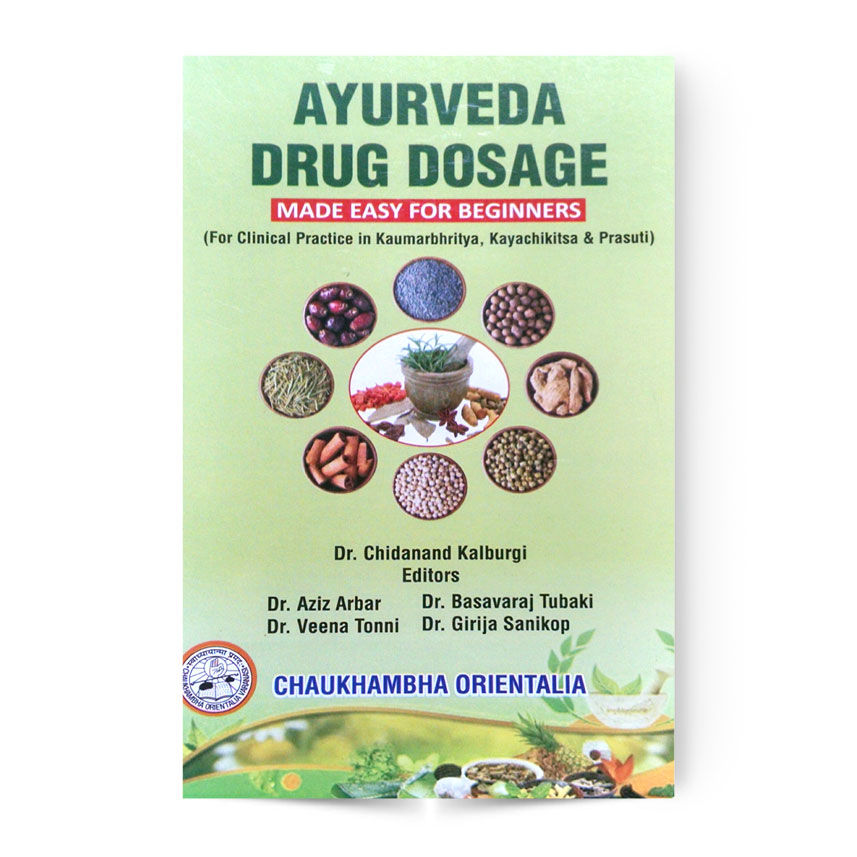

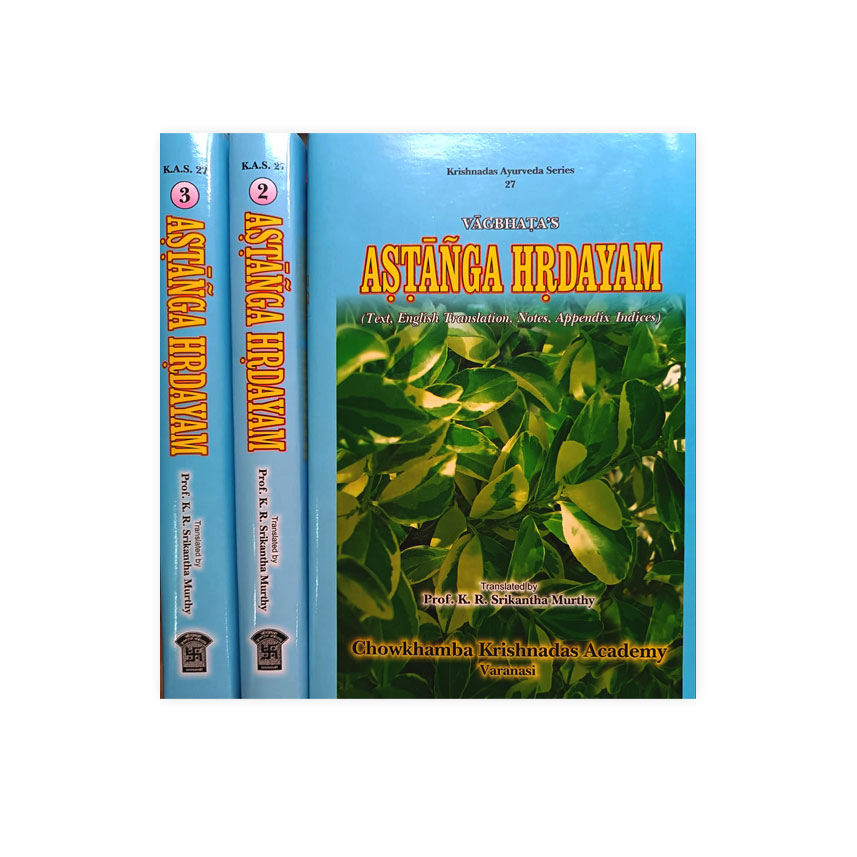







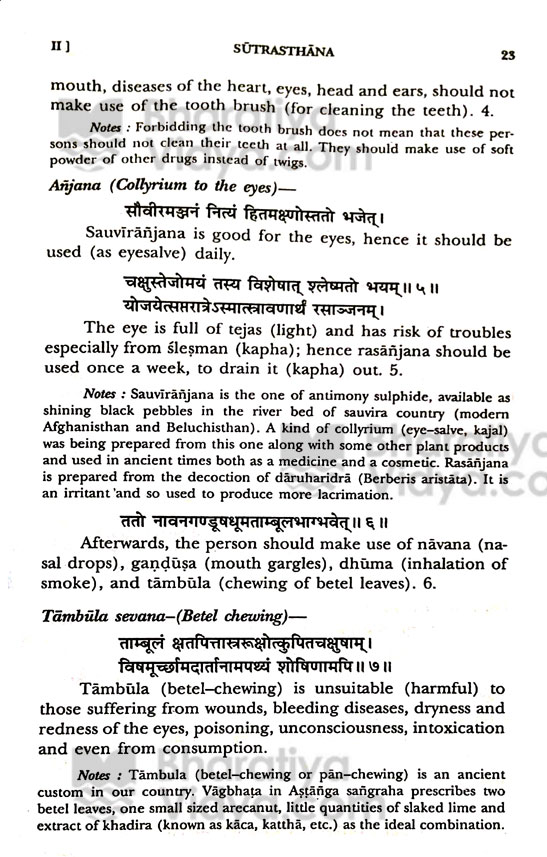
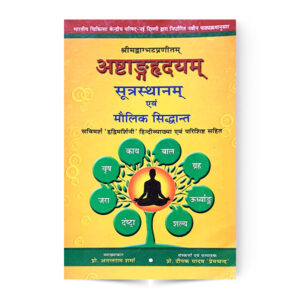
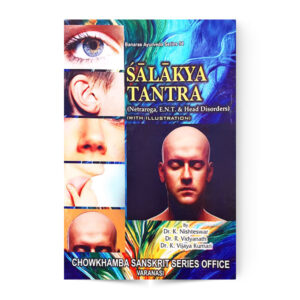
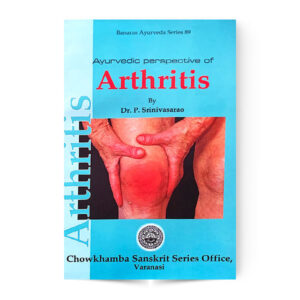
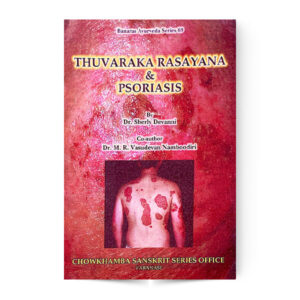
Reviews
There are no reviews yet.